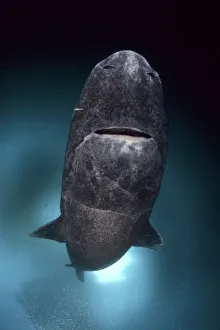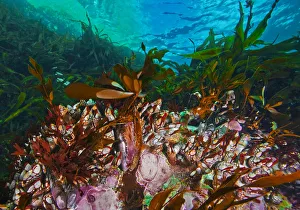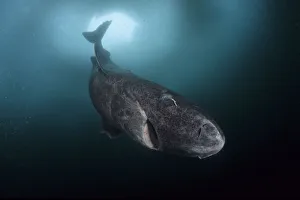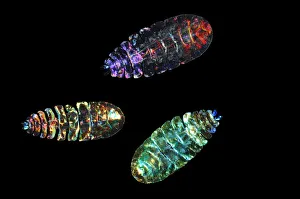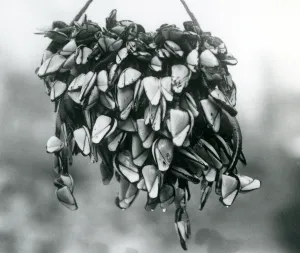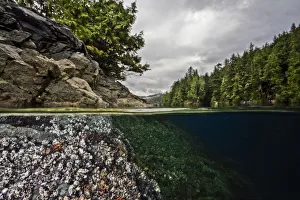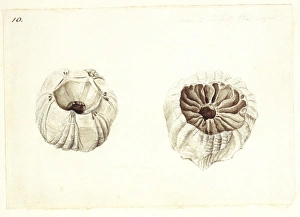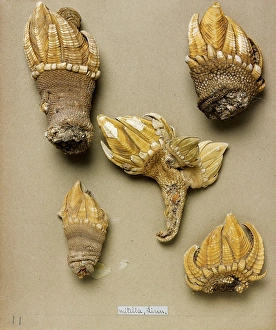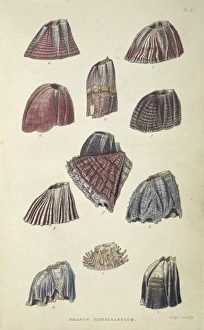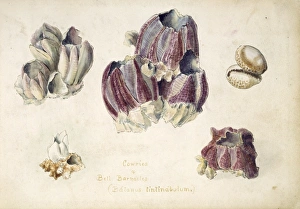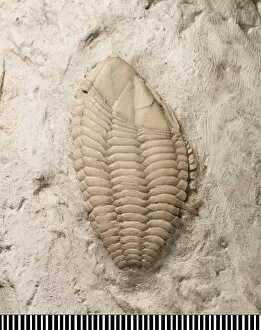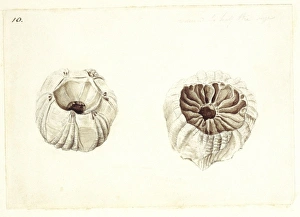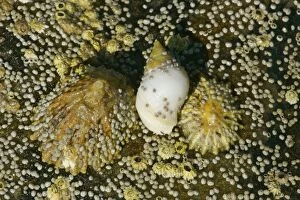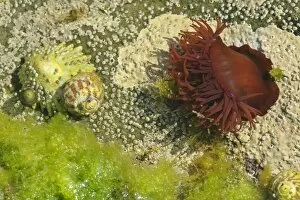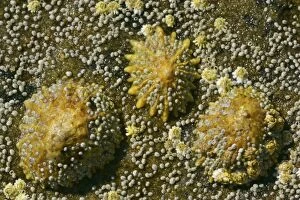Maxillopoda Collection
"Discover the Fascinating World of Maxillopoda: From Greenland Sharks to Barnacles" Dive into the captivating realm of maxillopoda
All Professionally Made to Order for Quick Shipping
"Discover the Fascinating World of Maxillopoda: From Greenland Sharks to Barnacles" Dive into the captivating realm of maxillopoda, a diverse group of marine arthropods that includes various fascinating species. One such example is the Greenland shark (Somniosus microcephalus), which often plays host to parasitic copepods like Ommatokoita elongata. These tiny creatures attach themselves to the shark's body, showcasing an intriguing symbiotic relationship. In the vast oceanic expanse, you may also encounter marine planktonic copepods like Sapphirina sp. , shimmering with vibrant hues as they navigate through the water. Amongst kelp forests in Nakwakto Rapids, gooseneck barnacles (Pollicipes Polymerus) can be found clinging onto rocks and adding a touch of beauty to their surroundings. Observing nature's wonders doesn't stop there; pelagic gooseneck or smooth gooseneck barnacles form clumps suspended out of water, creating a mesmerizing sight. Additionally, brightly colored copepods from the Sapphirina sp. Family add splashes of brilliance to their aquatic habitat. Venturing below the surface reveals split levels adorned with acorn barnacles (Balanus glandula). These unique structures provide shelter for countless organisms while offering glimpses into an intricate underwater world. The grandeur continues with encounters such as an adult female humpback whale (Megaptera novaeangliae) at rest—a majestic spectacle that leaves onlookers in awe. Maxillopoda has been studied and admired throughout history, as depicted in 19th-century artwork featuring detailed illustrations of barnacles like Pollicipes mitella and Balanus tintinnabulum from balanidae family. From sharks hosting parasites to colorful planktonic copepods and stunning barnacle formations, maxillopoda showcases the wonders of marine life.

